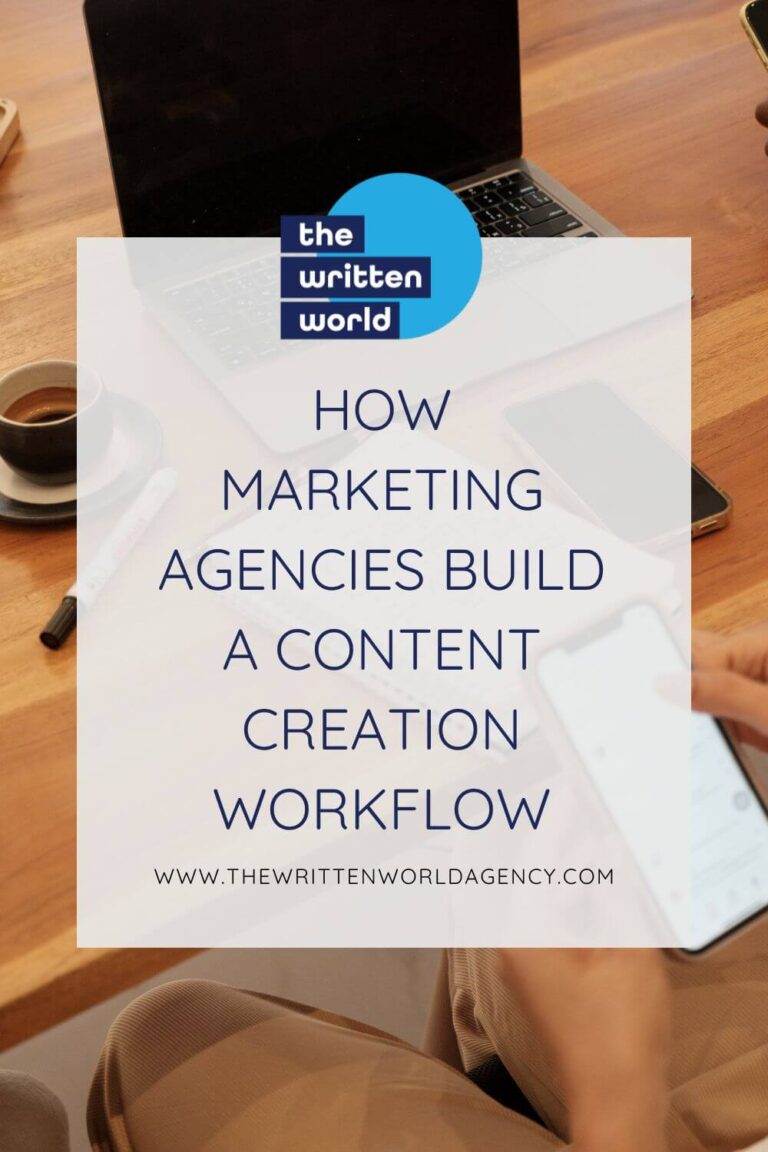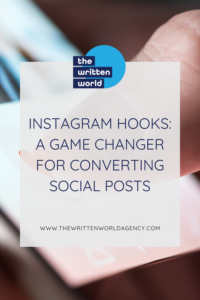Marketing agencies aim to create relevant and compelling content that encourages readers to take specific action. Whether they use a blog, web page, or social media post to promote engagement or convert potential leads into purchasers, agencies must ensure they produce the correct copy for the right audience at the right time.
Because developing and managing a content creation strategy involves many components, it can be challenging even for the most experienced marketers. That’s why many agencies rely on a content creation workflow to help them manage their internal processes.
But to maximize the many advantages of establishing a structured procedure, it’s critical to understand what an effective procedure entails, the importance of implementing one, and how to set one in motion.

What’s Workflow in Content Creation?
Imagine you’re an aspiring actor wishing to one day perform on Broadway. You know that the competition is fierce, and you often only have one chance to make an excellent first impression. To give yourself a leg up, you attend a fine arts institution, enroll in acting classes, and acquire a talent agent in hopes of landing your dream role.
This well-designed strategy from point A to point B is like content creation. The perfect piece of content doesn’t just magically appear; it requires various stages of planning and execution.
From identifying the appropriate topic and writing an enticing piece to ensuring quality control and on-time publication, a content creation marketing agency must follow specific steps to be successful. These steps make up their workflow.
Content creation workflow refers to the various tasks or stages that agencies move through when preparing content for publication. This outline defines the assignment, lists who is responsible for completing various elements, and establishes deadlines. Content creation teams can use this information to maintain a steady workflow and provide powerful copy to clients.
Why Should a Content Creation Company Have Internal Procedures?
To move the needle on a content creation strategy, agencies rely on various resources and operations to produce top-notch content. From conducting keyword research to utilizing proper tone of voice and messaging, agencies have many moving parts that must work harmoniously.
Creating a designated workflow helps agencies maintain seamless content movement down the pipeline. For example, writers can expect keyword research and detailed briefs from account managers to help them draft the necessary content, which they’ll pass to editors. These individuals will adjust grammar, delete any erroneous information, and apply brand guidelines.
A final team member can then review and approve the copy for publication. Each content creation team member understands their role and who they should approach for any questions or additional clarification.
Not only does content creation workflow help distinguish the stages of the content creation process, but it also works to track progress, avoid delays, enhance quality control, and meet deadlines — all of which are essential to positioning the agency as reputable and reliable.
What Are the Steps to Create an Effective Workflow?
Every content creation marketing agency will have a unique workflow. However, there are a few steps that every agency should follow to optimize their internal process.
Step 1: Establish Content Objectives
The first step in creating an effective workflow is to determine the purpose of the content. Is a company looking to build brand awareness by highlighting its products and services, or do they want to inform readers about current industry trends? Are they interested in increasing engagement through conversation, or would they like to focus on driving organic traffic to their website?
A clear understanding of the client’s intent allows creative teams to identify the appropriate target audience and establish the style of content that will yield the best results. This will directly impact the type of resources required, as well as the deadlines for each stage of the process.
Step 2: Consider White Label Agency Services
Not all agencies have the resources to meet their clients’ needs. They may require additional writers, editors, and managers to support large projects with multiple deliverables and tight turnaround times. Rather than turning away potential clients, agencies might find investing in white label services in their best interest.
When partnering with a white label agency, agencies can ensure their clients receive high-quality content without having to produce it internally. Outsourcing these needs allows agencies to minimize costs, cater to a larger target audience, and enhance their growth strategy.
Agencies need to consider whether they can accomplish specific tasks before developing a content creation workflow—if they can, they can internally assign functions to the appropriate employees.
Step 3: Assign Responsibilities
A content creation company often consists of multiple employees, each with their own skills and expertise: creativity, mastery of the written word, editing, etc. Ensuring that each team member understands what they’re responsible for helps create a cohesive environment and confirms that every aspect of the creative process is taken care of.
Step 4: Schedule Output Frequency
Establishing the type of content a company needs and the publication rate helps create an organized content calendar. For example, the ideal frequency for blog posts is 2–4 times per week, while social media posts can range from once a week to three times a day, depending on the platform. This information allows agencies to determine workloads, deadlines, and resource allocation.
Step 5: Develop the Process
Using the information from the previous steps, a content creation team can establish a procedure in which different tasks will occur. For blog posts, the workflow might progress in this order: planning, writing, editing, approval, publication, and analysis. The team can easily monitor progress and keep the actions on track.
Step 6: Set Up Automation
Automating work processes allows team members to see where content lies within the workflow, reassign tasks once completed, and minimize miscommunication. The best content creation apps, such as ClickUp and Narrato, can automatically move content down the pipeline as steps are completed — this type of automation allows for efficiency.
Looking for a Content Creation Company That Can Go with the Flow?
For many companies, deciding to outsource content creation can be daunting. How do they know if the content creation company of their choosing is best suited to meet their individual needs? The answer lies within the agency’s ability to streamline its processes so it can focus on producing quality, captivating content.
At The Written World, we know how well-crafted blogs, websites, media posts, and other marketing materials can impact content creation strategies. Using our top-notch content creation workflow, our copywriters and editors seamlessly generate content from start to finish. Learn more about our content creation services today!









